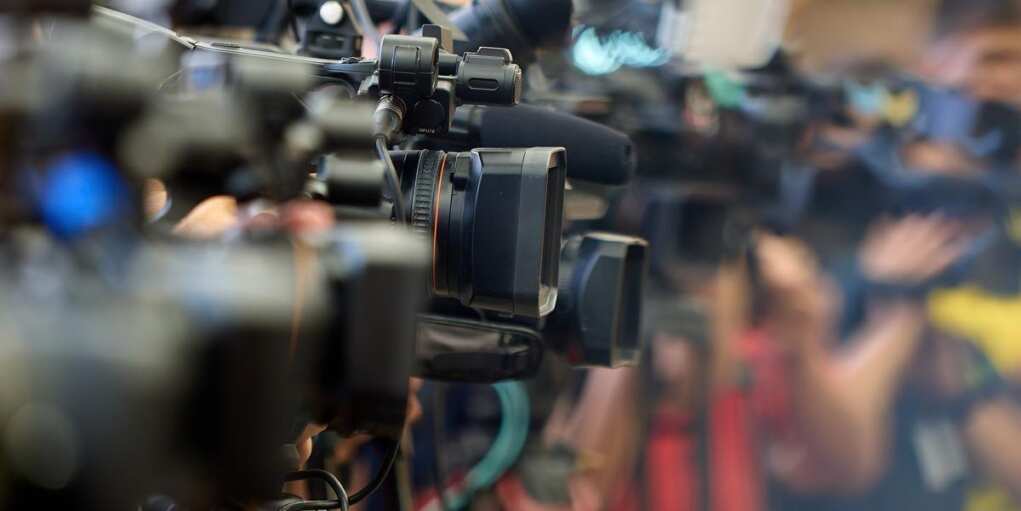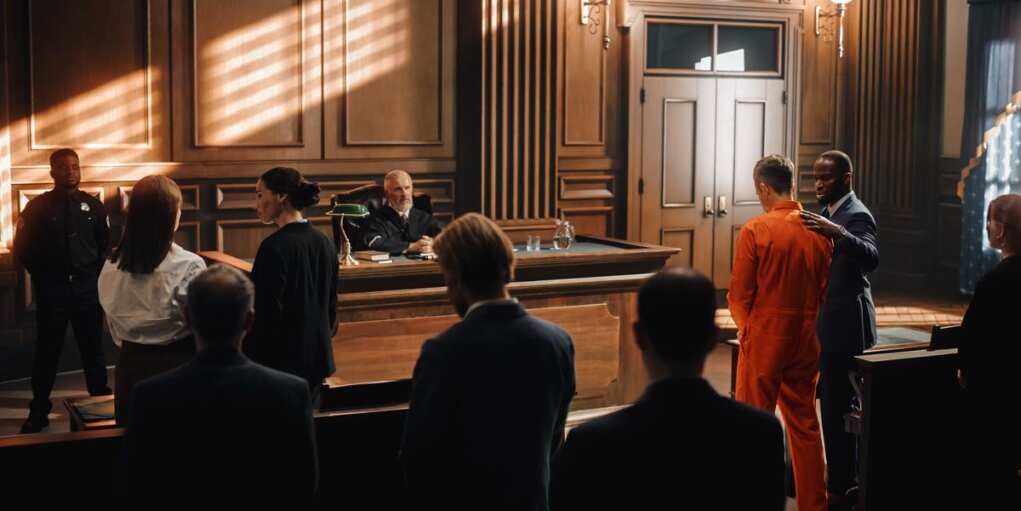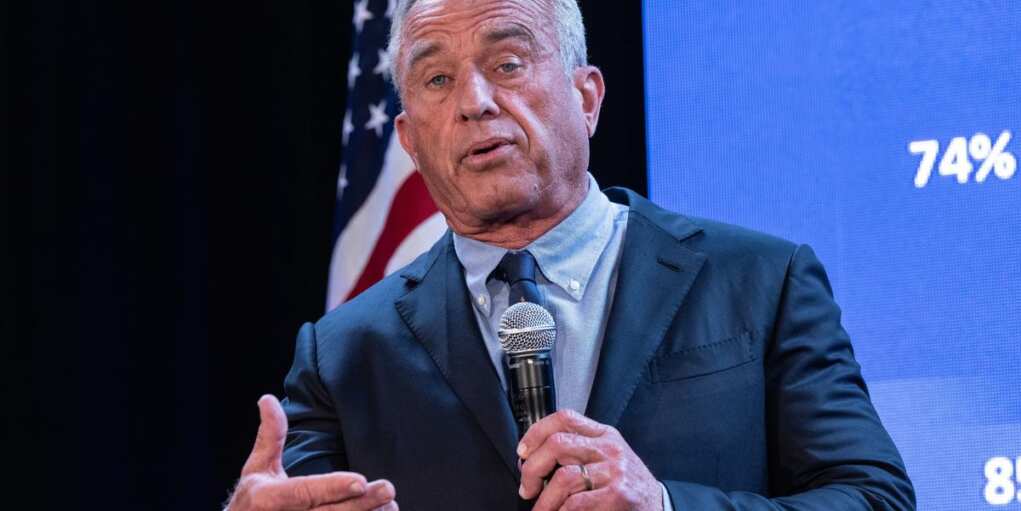Elon Musk Preparing To Influence The 2026 Midterms
Remember when the media declared the Trump-Musk relationship dead? They called it a “messy public fallout.” They said it was “irreconcilable.” They celebrated when Musk left DOGE in May and launched his third-party effort this summer. Now Musk is funding Republican House and Senate campaigns for 2026. He’s positioning himself as a major GOP donor. […]
Another War Brewing? Trump Gives A Blunt Warning
Two American soldiers. One civilian interpreter. All three dead on Syrian soil. ISIS pulled the trigger. And now they’re about to learn — again — what happens when you kill Americans under this president. Trump’s response on Truth Social was direct: “There will be very serious retaliation.” When Trump says “very serious,” he means it. […]
Democrats Double Down, Promise MORE Mass Migration
You really can’t make this stuff up. Tim Walz — the governor who watched a billion dollars in welfare fraud happen under his nose and did exactly nothing — just stood in front of a Seattle fundraiser and promised to import more Somali migrants to Minnesota. And the crowd gave him a standing ovation. That’s […]
Media Admits The Big Lie They Told About Trump
The BBC has admitted errors in its reporting about critiques of Liz Cheney made by U.S. President Donald Trump who has already threatened to sue the British public broadcaster for misleading edits. While the BBC has not issued a public correction an internal memo has reportedly admitted that it spread inaccurate claims about President Trump […]
Obama Team Member Indicted For Shocking Federal Crime
The Department of Justice announced that a former top Drug Enforcement Agency official who retired near the end of the Obama administration has been indicted on multiple charges. These include conspiracy to engage in narcoterrorism, money laundering and conspiracy to distribute cocaine. DEA Administrator Terrance C. Cole and United States Attorney Jay Clayton of the […]
RFK Jr. Launches New Child Vaccine Investigation
Health and Human Services Secretary Robert F. Kennedy Jr. on Wednesday announced an investigation into what he called a troubling incident in which a Midwestern school allegedly vaccinated a child without their parent’s consent. In a video statement on X Kennedy said that HHS is taking decisive steps to defend parents’ rights to guide their […]
Blue States SUED For Defying Federal Voter Laws
The Justice Department filed lawsuits Tuesday against six blue states Delaware, Maryland, New Mexico, Rhode Island, Vermont and Washington accusing them of violating federal law by refusing to provide statewide voter registration rolls upon request. The complaints filed by the DOJ’s Civil Rights Division argue the states failed to meet their legal obligations under the […]
Why Your Electricity Bill May Soon Skyrocket
As the holiday season approaches one prevailing headache set to keep hammering Americans is exorbitant electricity costs. Though the Trump administration has worked to unlock more reliable energy resources several stressors on the American power grid mean that ratepayers will continue to see electricity costs rise according to multiple reports and energy sector experts. Aging […]
Democrats Call For Public Harassment Of Republicans
Despite all of the revelations about him including boasts about being a communist, a cop-hater, and photos showing he had a Nazi-themed tattoo on his chest, Democrat Senate candidate Graham Platner apparently is still a thing in Maine. His party is shifting towards an even more aggressive and confrontational approach heading into 2026. There has […]
Transgender Bed Assignments? Parents Sue To Protect Kids
Several Colorado parents are suing their local school district after an overnight school trip allegedly tried to place a transgender-identifying male student in a hotel room and ultimately the same bed with an 11-year-old girl. Alliance Defending Freedom, a conservative legal organization that advocates for religious liberty, filed its opening brief Wednesday in Wailes v. […]
Charlie Sheen Reveals The Moment He Saw Through Liberal Lies
Hollywood star Charlie Sheen said he changed the channel and discovered that legacy media is very much like state-run media during a recent conversation with Megyn Kelly. After being asked by Kelly if he is getting more comfortable with his politics and expressing them, Sheen replied that he is. He added that he thinks we […]
Therapist Says Trump Derangement Syndrome Is Real Disorder
A Manhattan psychotherapist claims he has received dozens of hate messages including death threats since speaking publicly about patients in his practice he describes as experiencing Trump derangement syndrome. Jonathan Alpert authored the forthcoming book Therapy Nation. He faced intense backlash after appearing on Fox News last week to discuss his Wall Street Journal op-ed […]
Trump vs Powell Heats Up, President Drops The “A Word”
President Donald Trump said Wednesday he would love to fire Federal Reserve Chairman Jerome Powell, whom he has long criticized for what he sees as a failure to cut interest rates fast enough. Trump blasted Powell without mentioning his name at the U.S.-Saudi Arabia Investment Forum in Washington on Wednesday. He told Treasury Secretary Scott […]
Trump Has New Plans For Artificial Intelligence
President Trump is demanding an end to excessive state-level regulation of artificial intelligence and warning that individual state rules will threaten the U.S. economy. Trump shared his position on Truth Social this week where he slammed what he called Woke AI and referred to a patchwork of state regulations in the AI space. “Investment in […]
What Barron Trump Whispered To Joe Biden On Inauguration Day
Barron Trump approached Joe Biden moments after his father took the oath and the room erupted. He extended his hand. He leaned in. A quick whisper followed, and Biden’s smile shifted. The clip raced across social media. People guessed wildly. Some insisted Barron delivered a savage line that only a teenager could pull off in […]
Most Popular
Most Popular
















